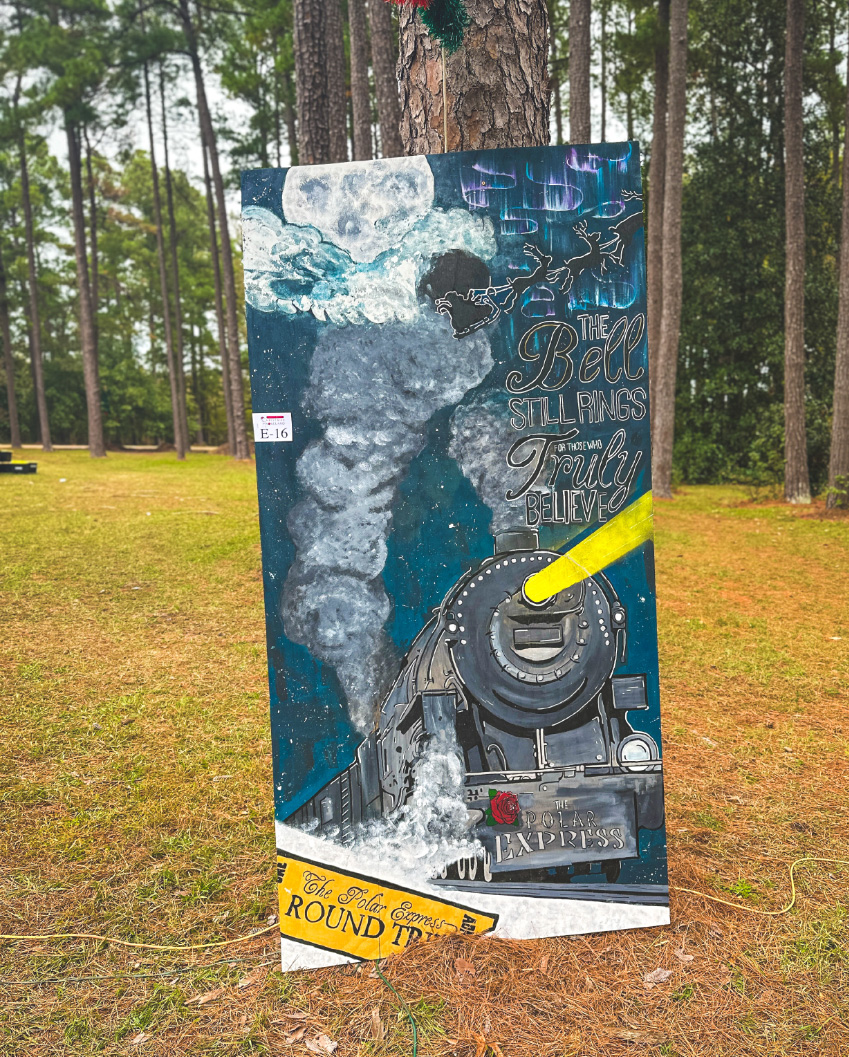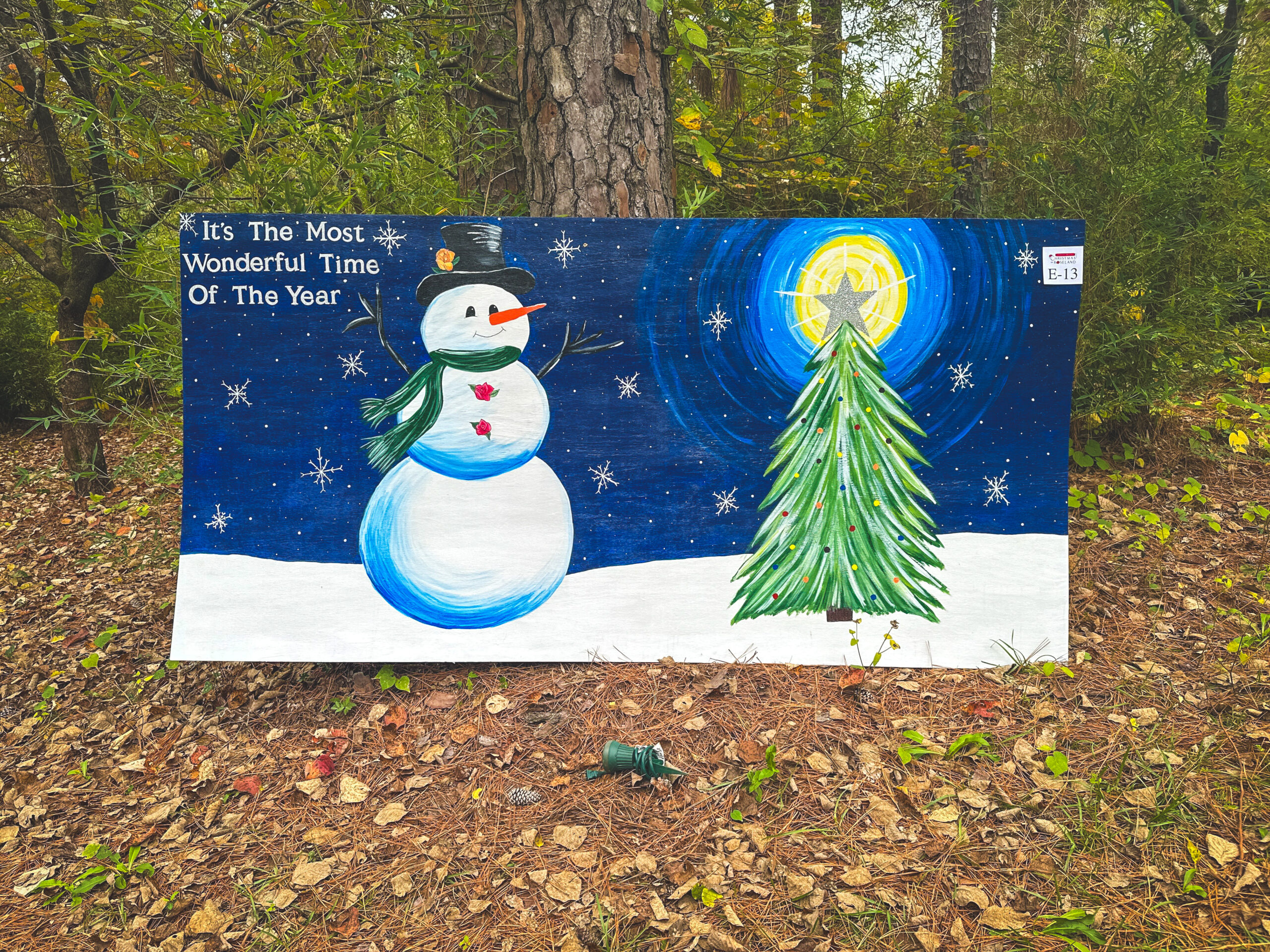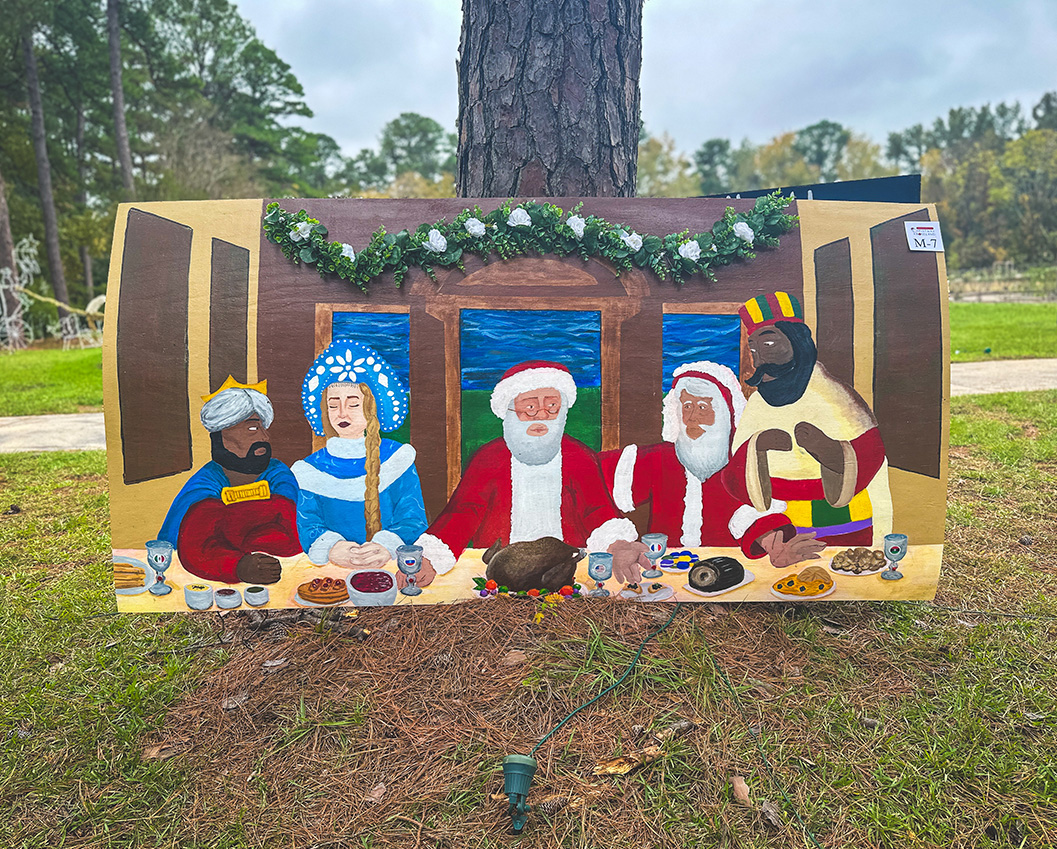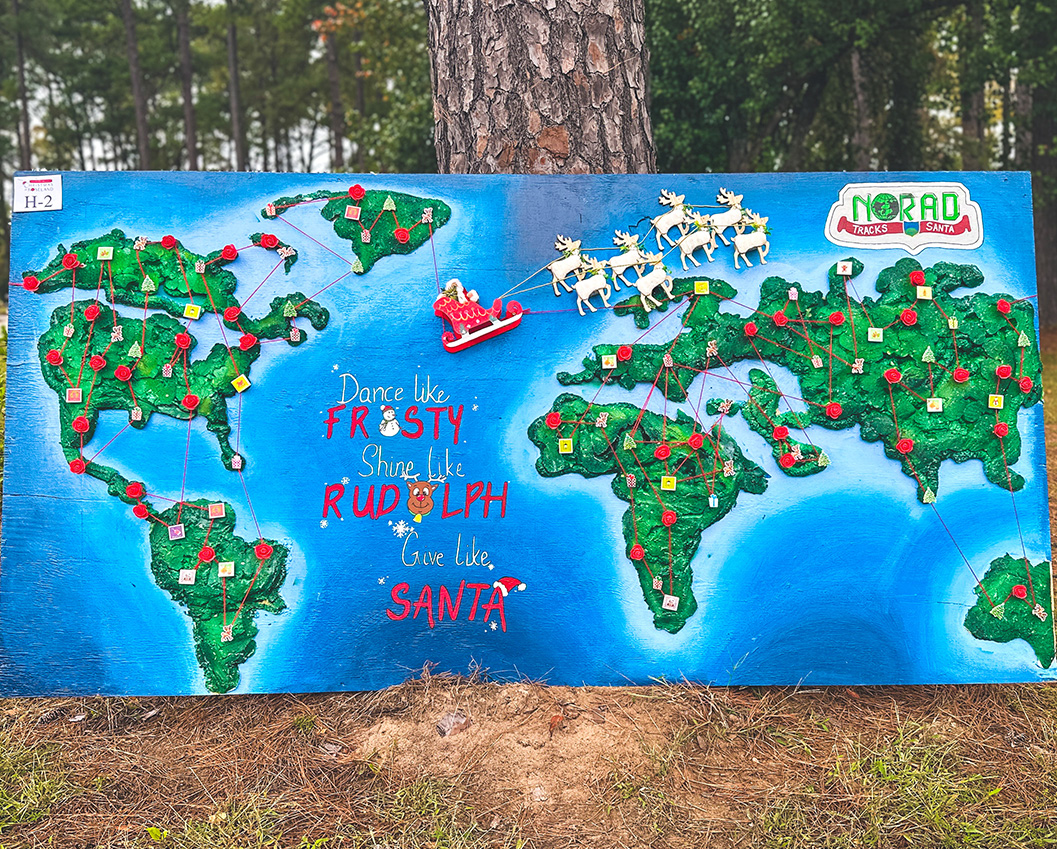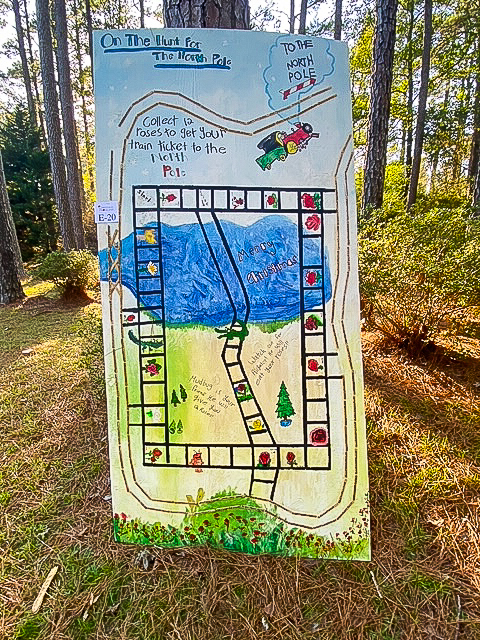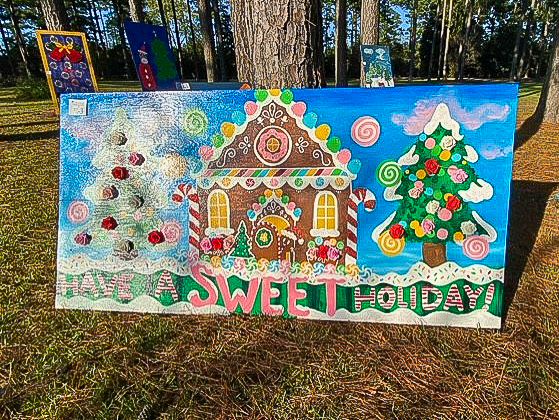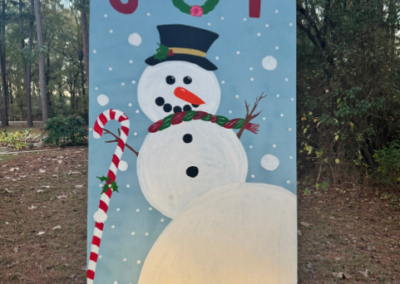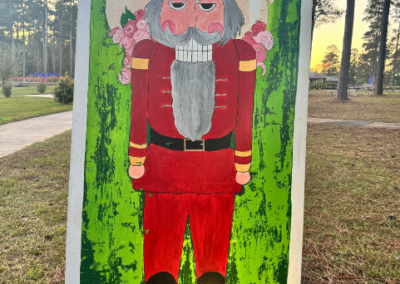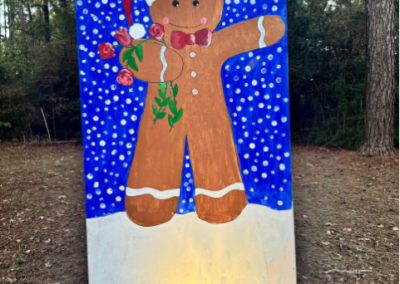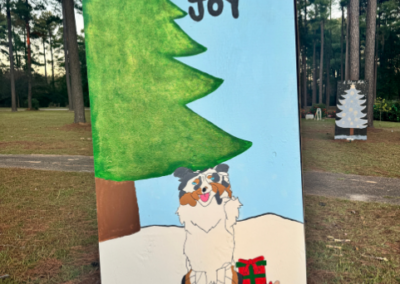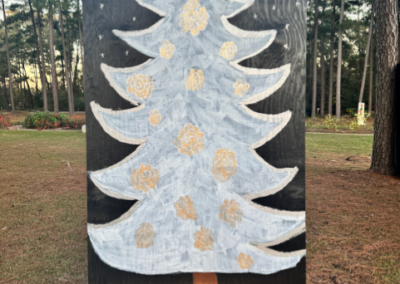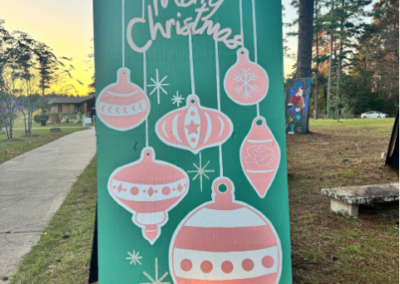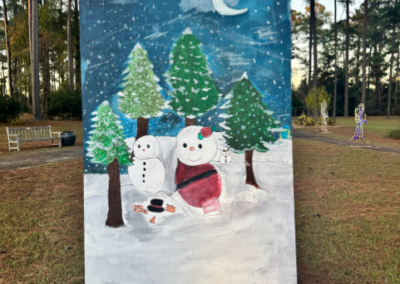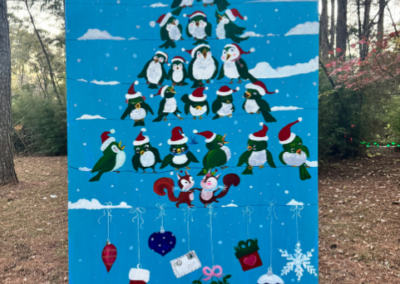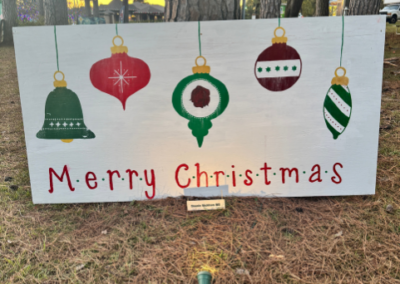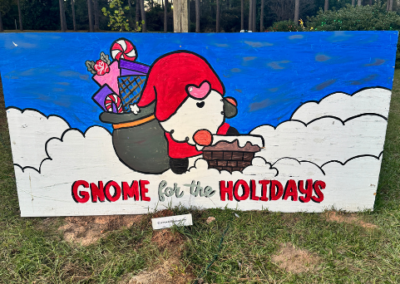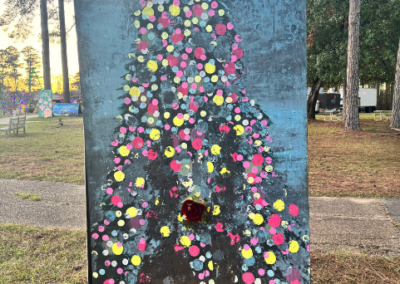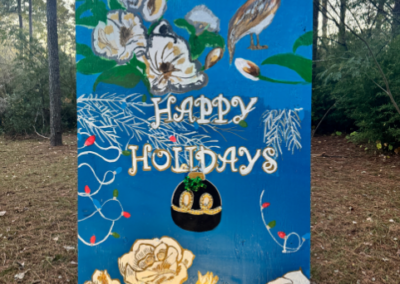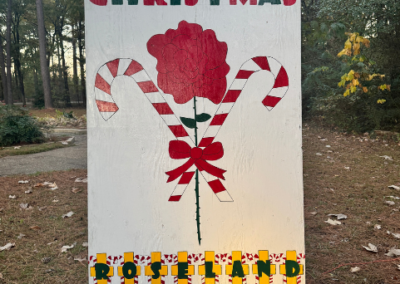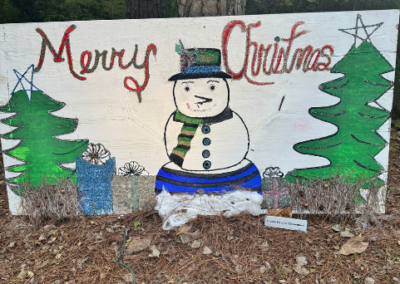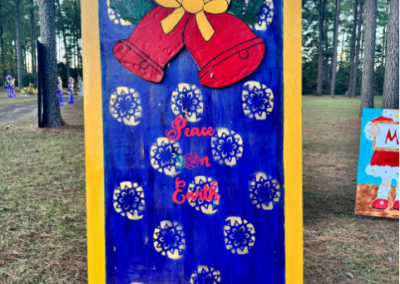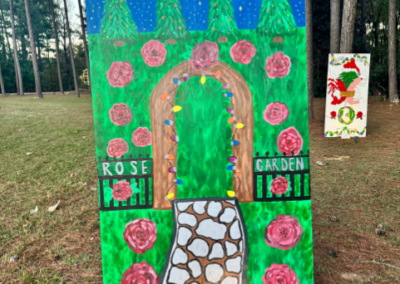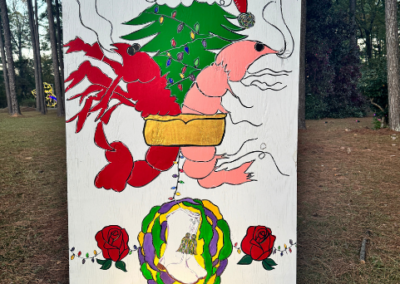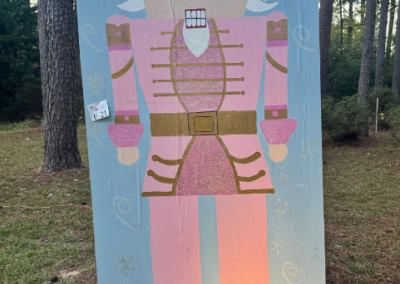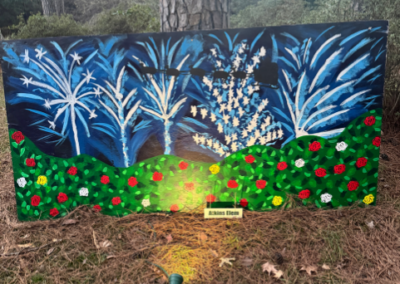by Suzanne Gilbert
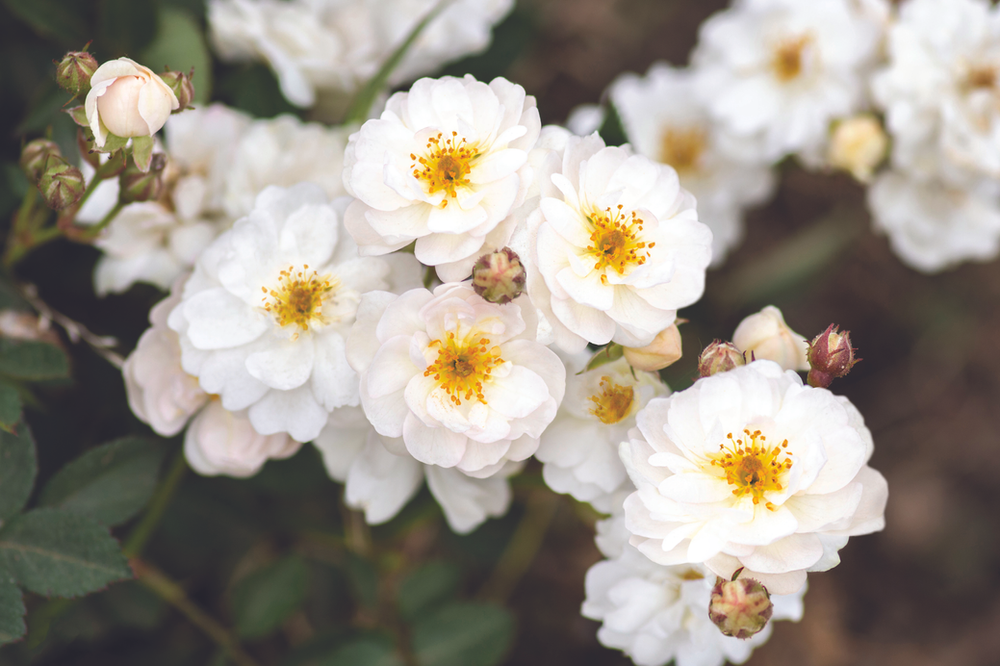
ABOVE: ‘Pretty Polly White’
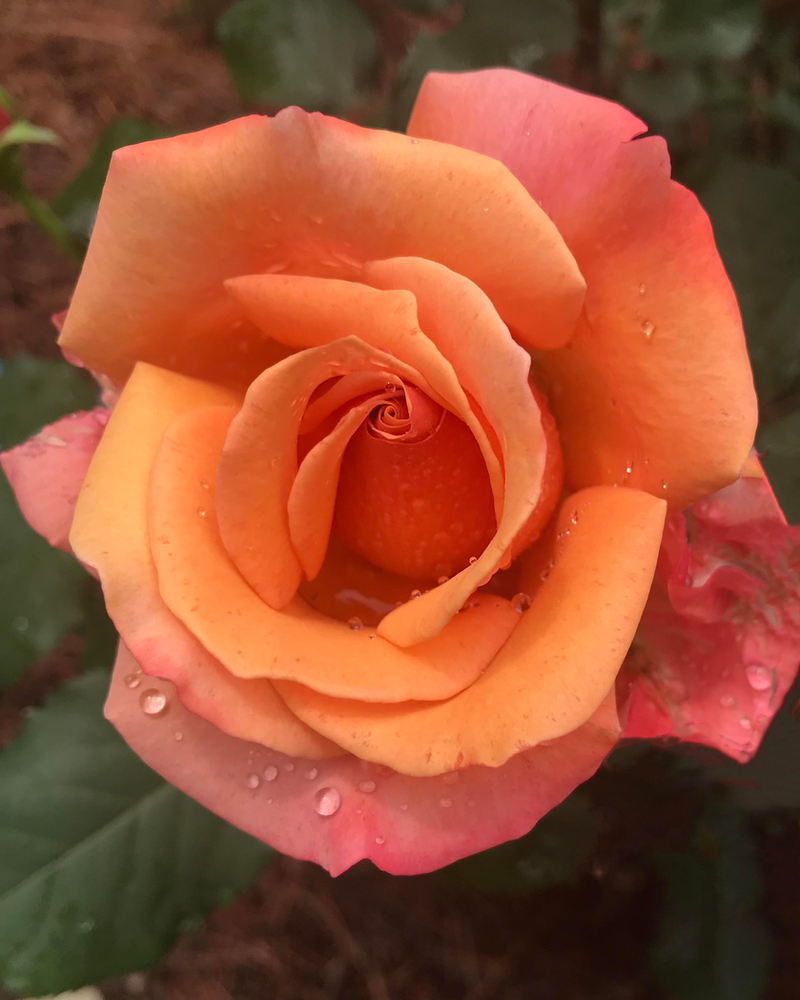
A love of roses comes to individuals in different ways. When I was a girl growing up in Baltimore, Maryland I went on a trip with my parents to Longwood Gardens in Pennsylvania. I came home with three roses ‘Peace’, ‘Chrysler Imperial’ and ‘Tropicana’ (LEFT, by Delana Jaggers). From that time on they were the favorite plant in my garden. Ask any rosarian and they will have a story about how roses came into their life. I am currently retired; however, my profession was teaching. The grade I enjoyed teaching the most was kindergarten, because they were beginners, and ready to learn so much in school. If you are new to growing roses, remember it is okay to be an enthusiastic beginner. Growing roses is a fun, exciting experience that will reap rewards in your garden. It can also be an avenue to make new friends who share your hobby.
The bulk of my rose growing experience for more than 30 years has been in Houston, Texas. As a zealous novice rose gardener, I made many mistakes. The focus of my articles will be to help you choose the right rose for you, the right place to grow it and the best ways to nurture it throughout the growing season. Let’s start at the beginning finding the right rose and the optimum location to grow your new rose.
I am often asked to give presentations to garden clubs that I call “Roses 101.” Often people tell me growing roses is too hard because roses are fussy and require lots of care. That is simply not true! Roses are easy to grow and make excellent garden plants that produce color throughout the growing season. Like any plant they have specific requirements. Making sure your rose has those requirements will help to ensure your rose growing success.
Requirement #1 – Location- Location -Location
Before deciding which rose or roses you would like to grow, you must choose the correct location. Roses require about 6-8 hours of sun daily. Find a place that meets their sun needs. Plant your roses away from trees and the canopies of trees. As the tree grows, the canopy will expand. A rose planted under a tree might be growing in sun at first. After a few years it will be in shade. Tree roots will steal water and nutrients your rose needs. Also, roses growing in too much shade will not produce many blooms and develop disease. One of the reasons for growing roses is the beautiful blooms the plant produces.
Give your rose good air circulation. Allow generous space between your rose and fences or walls and also other roses and plants. Depending on the type and size of the rose, I like to plant them on at least three-foot centers.
Requirement #2 – Pick the right rose for you
This is a topic entire books have been written about. I am going to try to keep it simple for you. Picking the wrong rose is the issue I feel that gets new rose growers in trouble, discouraging them in their new hobby. They see the beautiful hybrid teas in a florist shop or at a rose show and decide to grow them. A hybrid tea grows tall, upright and has one bloom per cane on a long stem. Hybrid teas have a bloom cycle which can be six-to-seven weeks. This means that after the first flush of blooms there is a waiting period while the plant prepares itself to bloom again. This continues throughout the growing season. As lovely as they are, they can be fussier than other kinds of roses to grow successfully, so for now wait to try them until you have more rose growing experience under your belt.
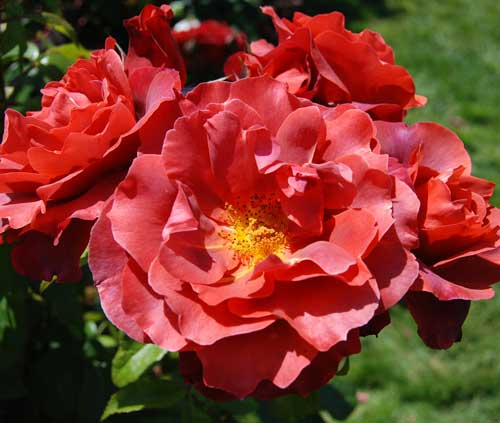
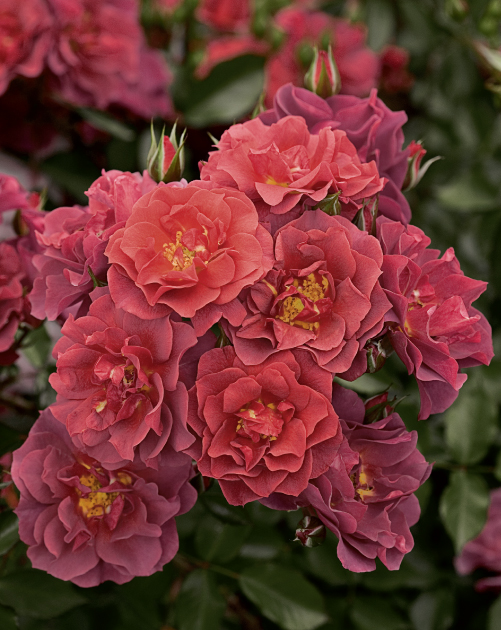
In my opinion the easiest roses that provide beginner success are floribundas, shrub roses, polyantha roses and groundcover roses. Floribundas produce roses that flower in large clusters. This means they have more than one bloom in flower at a time. Floribundas create colorful displays in the garden continually throughout the growing season. Even their name means “flowering in abundance.” These roses do well as cut flowers. One cluster can fill up a vase! ‘Europeana’ (BELOW), ‘Cinco de Mayo’ (LEFT), ‘Lavaglut’ and ‘Hot Cocoa’ (ABOVE) are floribundas that have grown well in my garden. ‘Hot Cocoa’ grew so well for me that I was continually grooming it to keep it in bounds so it would not encroach on its neighbors.

ABOVE: ‘Lavaglut’
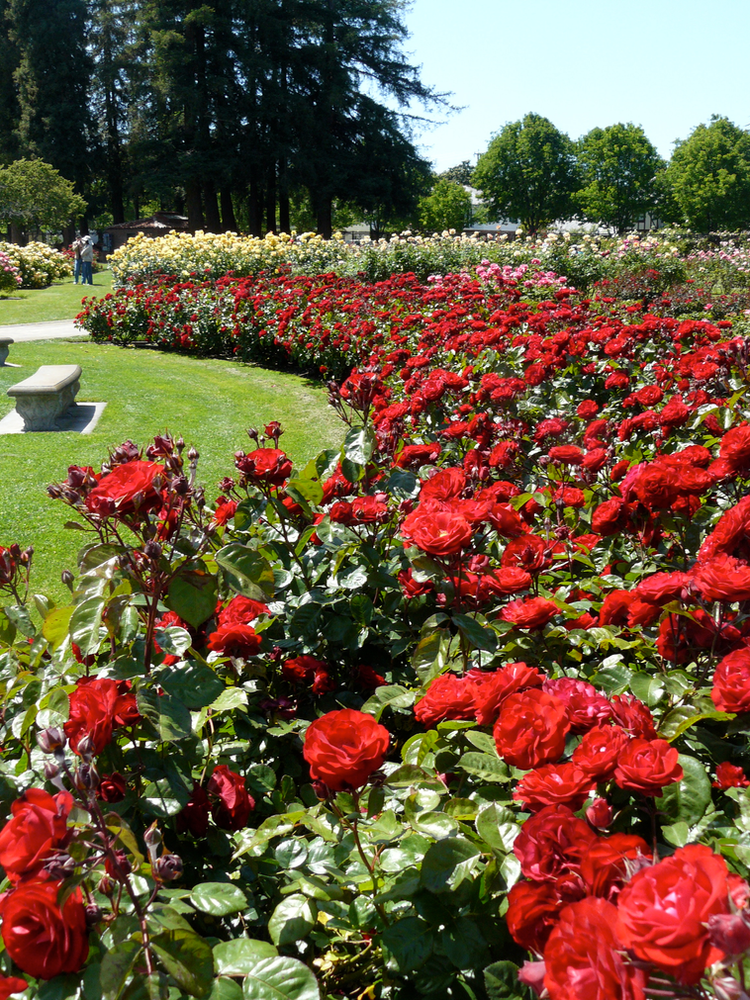
Shrub roses are also a good choice for beginners. They are hardy, vigorous and bear large quantities of flowers throughout the growing season. Shrub roses growing in a location that they like can become very large plants spreading 5 to 15 feet in every direction. ‘Gaye Hammond’, a yellow blend was a favorite in my garden. She started out in a small pot and was moved a couple of times. When I found her happy spot, she bloomed profusely from April to November or later. Another great shrub rose in southeast Texas is ‘Belinda’s Dream’. The flowers are medium pink and the blooms have the shape of a hybrid tea. I grew this rose for a while in my garden. At one point I was redoing a bed and gave this rose to my son and his wife who had just bought their first house and wanted a rose for their sunny backyard. They took it home planted and watered it then got on with their busy lives. The next time I saw this rose it had doubled in size, was covered with beautiful pink blooms and had minimal care!
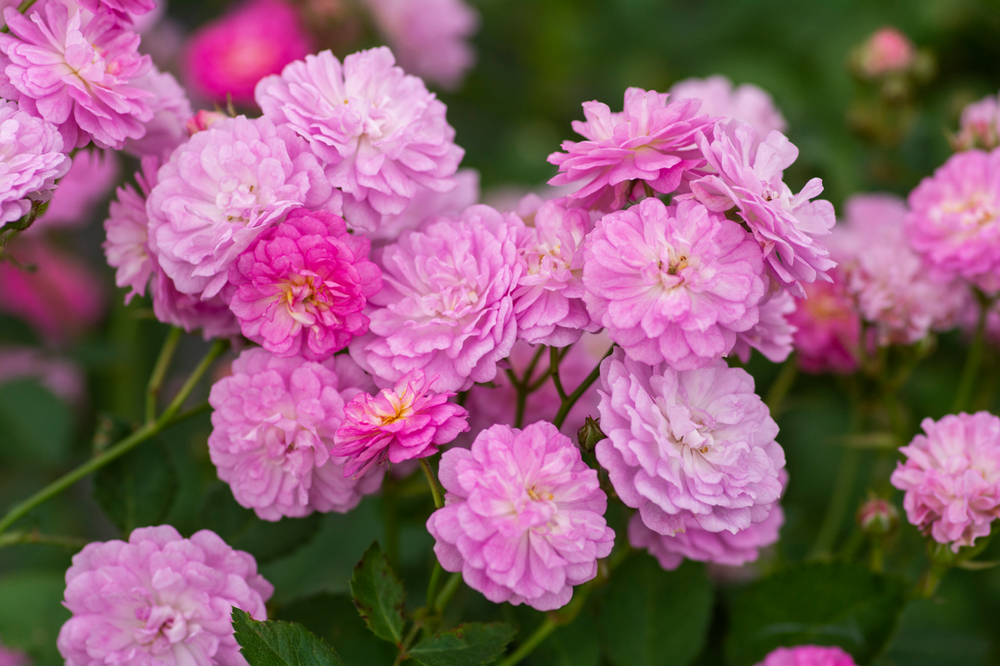
ABOVE: ‘Pretty Polly® Pink’
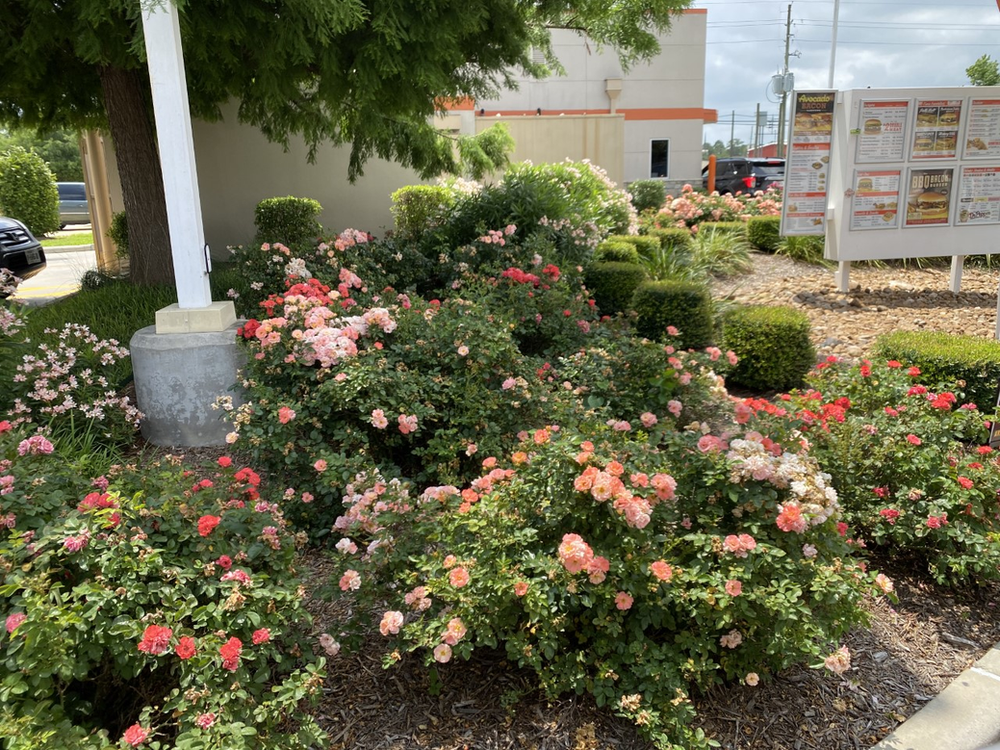
For small urban or suburban gardens polyanthas and groundcover roses can be the ticket. Polyanthas are much smaller plants than floribundas. They produce flowers in clusters about an inch in diameter. They are sturdy, hardy plants. These roses work well in small beds or containers. ‘Pretty Polly®’ roses are polyanthas that come in variety of colors pink, lavender and white. The bushes are about 2 ½’ high and 3’wide. An excellent groundcover rose I have used extensively in my garden is ‘Pink Drift®’. The ‘Drift®’ series of roses come in a rainbow of colors to choose from. Many Houston landscapers use these roses for traffic medians and other commercial uses. They are tough and robust in the heat of the Texas summer. I am always delighted to see them blooming away in spite of car exhaust and blazing sun! (LEFT: Roses at Whataburger, by Author)
Tools to Assist You in Finding the Right Rose
-
- As you begin your rose growing journey, gaining knowledge and choosing the best roses for your garden a great place to start is to find the local rose society in your area of the country. Connect with the Consulting Rosarians in the society and find their best recommendations of roses which do well in your area. There is no charge for Consulting Rosarian services. They want to help you be a successful rose gardener.
-
- Join the American Rose Society. The ARS website has all kinds of information on growing roses, www.rose.org. Many online programs are available. As part of your ARS membership, you will receive The Handbook for Selecting Roses. This is published yearly. It is an excellent rose buying guide. More than 3,000 varieties appear in the Handbook. Keep this with you when you go to buy roses!
-
- Check out these websites: American Garden Rose Selections™ https://www.americangardenroseselections.com and American Rose Trials for Sustainability® https://www.americangardenroseselections.com. There are several rose trials established around the United States currently. Roses are grown and scientifically evaluated under conditions similar to where you live. They are tested for disease resistance and pest resistance. Plants featured on the websites are worthy of a place in your garden.
The Next Step
Now your homework is to take a walk around your garden/yard and evaluate where the roses you will introduce to your garden will grow the best. Remember you will need 6-8 hours of sun and stay away from those trees. Research local rose societies and peruse the websites suggested for hardy and beautiful roses that will grow in your area.
Next time I share some mistakes I have made and we will discuss how to plant those new roses you have selected for your garden!

